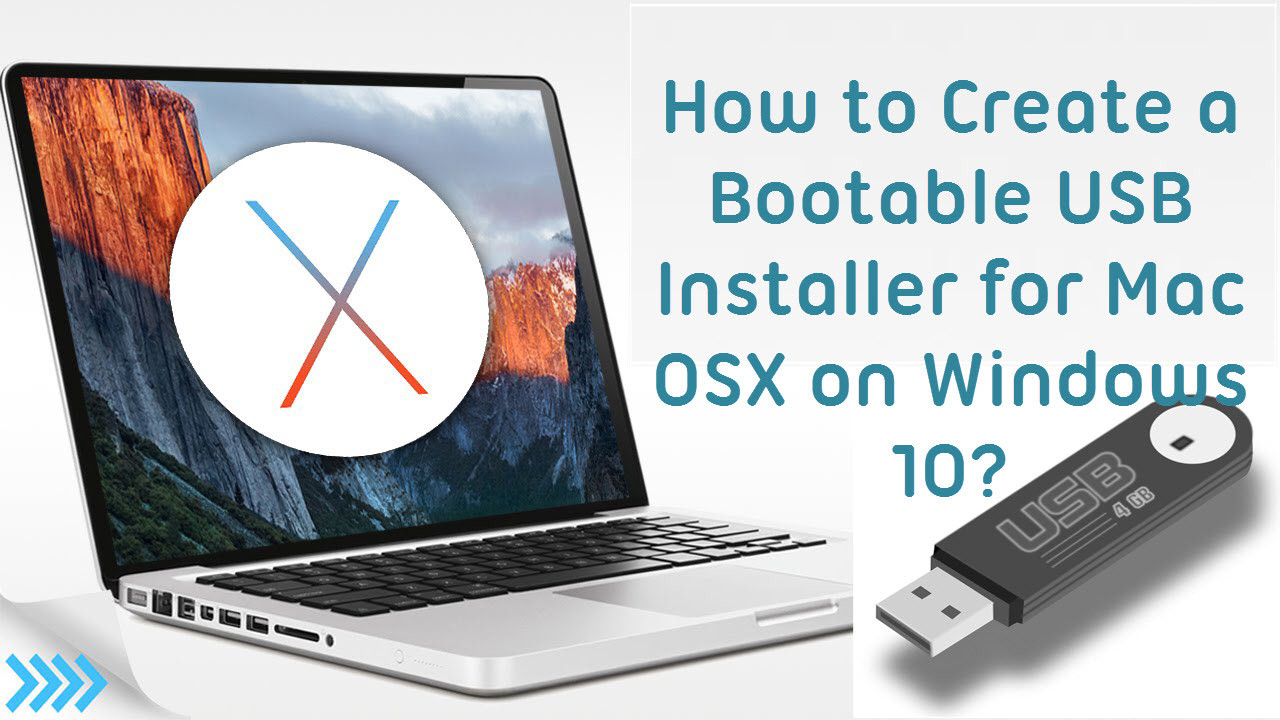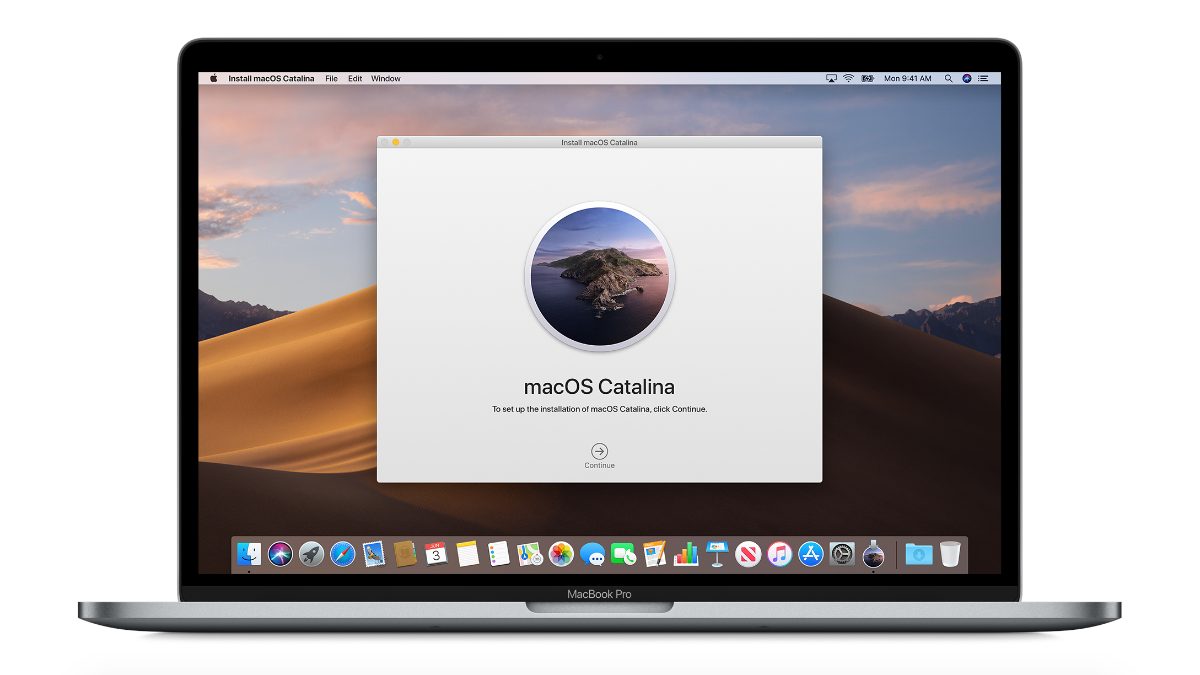Create Usb Osx Installer
To create macOS High Sierra bootable USB Installer, you need to have a Macbook or iMac but don’t worry because we have covered you. Now you can easily create a bootable USB installer for macOS High Sierra on Windows 10, 8 or 7 using the dmg that we have provided. What you need to create a bootable installer A USB flash drive or other secondary volume formatted as Mac OS Extended, with at least 14GB of available storage A downloaded installer for macOS Big Sur, Catalina, Mojave, High Sierra, or El Capitan. HoRNet – ThirtyOne v1.2.4 (VST, VST3, AAX, AU) WiN-OSX x86 x64 Rob Papen – RP-Verb 2 v1.0.0d CE-VR (VST, AAX) Win x86 x64 Thenatan – Bundle – NO INSTALL, SymLink Installer (VSTi) Win x64 Harrison – Mixbus 32C 5.0.208 OSX x64 iZotope – Nectar 2 Production Suite 2.04a (VST, VST3, AAX) Win x86 x64 Madrona Labs – Virta 1.8.3 (VSTi) Win x86 x64 Arturia – Matrix-12 V2 2.3.
Bootable MacOS installer USB drives provide for the ability to clean install macOS Big Sur, update to macOS Big Sur, install macOS Big Sur beta onto multiple Macs without redownloading the installer, as well as the ability to use Disk Utility to partition and erase a machine, perform Time Machine restorations, and more.
These advanced steps are primarily for system administrators and others who are familiar with the command line. You don't need a bootable installer to upgrade macOS or reinstall macOS, but it can be useful when you want to install on multiple computers without downloading the installer each time.
What you need to create a bootable installer
- A USB flash drive or other secondary volume formatted as Mac OS Extended, with at least 14GB of available storage
- A downloaded installer for macOS Big Sur, Catalina, Mojave, High Sierra, or El Capitan
Download macOS
- Download: macOS Big Sur, macOS Catalina, macOS Mojave, or macOS High Sierra
These download to your Applications folder as an app named Install macOS [version name]. If the installer opens after downloading, quit it without continuing installation. To get the correct installer, download from a Mac that is using macOS Sierra 10.12.5 or later, or El Capitan 10.11.6. Enterprise administrators, please download from Apple, not a locally hosted software-update server. - Download: OS X El Capitan
This downloads as a disk image named InstallMacOSX.dmg. On a Mac that is compatible with El Capitan, open the disk image and run the installer within, named InstallMacOSX.pkg. It installs an app named Install OS X El Capitan into your Applications folder. You will create the bootable installer from this app, not from the disk image or .pkg installer.
Use the 'createinstallmedia' command in Terminal

- Connect the USB flash drive or other volume that you're using for the bootable installer.
- Open Terminal, which is in the Utilities folder of your Applications folder.
- Type or paste one of the following commands in Terminal. These assume that the installer is in your Applications folder, and MyVolume is the name of the USB flash drive or other volume you're using. If it has a different name, replace
MyVolumein these commands with the name of your volume.
Big Sur:*
Catalina:*
Mojave:*
High Sierra:*
El Capitan:
Create Usb Installer Mac Catalina
* If your Mac is using macOS Sierra or earlier, include the --applicationpath argument and installer path, similar to the way this is done in the command for El Capitan.
Create Usb Os X Installer From Windows
After typing the command:
- Press Return to enter the command.
- When prompted, type your administrator password and press Return again. Terminal doesn't show any characters as you type your password.
- When prompted, type
Yto confirm that you want to erase the volume, then press Return. Terminal shows the progress as the volume is erased. - After the volume is erased, you may see an alert that Terminal would like to access files on a removable volume. Click OK to allow the copy to proceed.
- When Terminal says that it's done, the volume will have the same name as the installer you downloaded, such as Install macOS Big Sur. You can now quit Terminal and eject the volume.
Use the bootable installer
:max_bytes(150000):strip_icc()/SelectDisk-56a5d51f3df78cf7728a0fc9.jpg)
Determine whether you're using a Mac with Apple silicon, then follow the appropriate steps:
Apple silicon
Create Mavericks Usb Installer Terminal
- Plug the bootable installer into a Mac that is connected to the internet and compatible with the version of macOS you're installing.
- Turn on your Mac and continue to hold the power button until you see the startup options window, which shows your bootable volumes and a gear icon labled Options.
- Select the volume containing the bootable installer, then click Continue.
- When the macOS installer opens, follow the onscreen instructions.
Intel processor
- Plug the bootable installer into a Mac that is connected to the internet and compatible with the version of macOS you're installing.
- Press and hold the Option (Alt) ⌥ key immediately after turning on or restarting your Mac.
- Release the Option key when you see a dark screen showing your bootable volumes.
- Select the volume containing the bootable installer. Then click the up arrow or press Return.
If you can't start up from the bootable installer, make sure that the External Boot setting in Startup Security Utility is set to allow booting from external media. - Choose your language, if prompted.
- Select Install macOS (or Install OS X) from the Utilities window, then click Continue and follow the onscreen instructions.

Learn more
For more information about the createinstallmedia command and the arguments that you can use with it, make sure that the macOS installer is in your Applications folder, then enter the appropriate path in Terminal:
- Big Sur: /Applications/Install macOS Big Sur.app/Contents/Resources/createinstallmedia
- Catalina: /Applications/Install macOS Catalina.app/Contents/Resources/createinstallmedia
- Mojave: /Applications/Install macOS Mojave.app/Contents/Resources/createinstallmedia
- High Sierra: /Applications/Install macOS High Sierra.app/Contents/Resources/createinstallmedia
- El Capitan: /Applications/Install OS X El Capitan.app/Contents/Resources/createinstallmedia
A bootable installer doesn't download macOS from the internet, but it does require an internet connection to get firmware and other information specific to the Mac model.
Looking to try out Linux but not ready to give Windows the boot entirely just yet? Fear not, since there are many great ways you can install and use Ubuntu, or various other distros along with your existing Windows install.
Wubi Installer is a good option for this, but let’s go over some of the alternatives. If you want to try out Linux to see if all of your software will work, let us tell you how.
Bootable USB Flash Drive
You can download the ISO image for Linux distros like Ubuntu, use them to create a bootable thumb drive, and boot into Linux without touching your existing Windows install at all. Using a tool called Rufus, you can create a bootable flash drive.
Here’s a great tutorial on the whole process. This is a great method, since you’ll be running natively on the bare metal. The only drawback is that flash drives are much slower than SSDs that are common today, or even spinning disk hard drives.
Virtual Machine
A virtual machine is a program that emulates a full computer, running on top of your existing operating system. VirtualBox is a great free choice for creating and running virtual machines.
You can simply download the ISO image for your preferred distro, create the VM and mount the disc. When you boot the VM, it will show up as if you’d inserted a CD into a physical machine, and you can go the process like normal.

VM performance is not as good as running on bare metal, but modern hardware and VM hypervisors have gotten quite good, and it’s getting close to native performance.
Normal Dual Boot Install
Ubuntu’s installer can recognize that you have Windows installed, partition the hard drive, and install itself on the new partition. This will preserve your Windows install, and then you’ll be able to select which OS to boot into each time you turn on the computer. This is the best option if you’ve committed to using Linux, but still need a Windows install from time to time. If you’re just trying things out, we’d recommend another option, since this is less easy to reverse.
Check for Linux Alternatives
If you’re new to Linux, you may be tempted to find a way to get commercial software like Photoshop and MS Office working. We’d recommend you give FOSS alternatives like GIMP and LibreOffice a try. Install xcode command line tools terminal. We have a full guide for gaming on Linux, and even a list of compatible free sex games for Linux.
